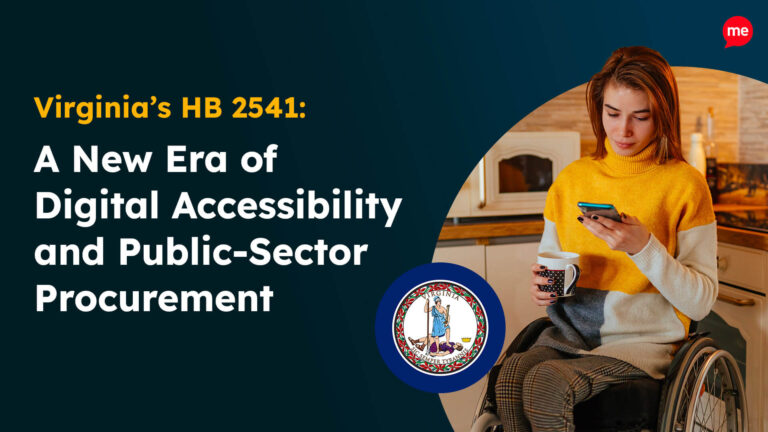Get Your Free Accessibility & Inclusion Toolkit
Download NowDisabilities can affect anyone at any stage of life, though they are more prevalent among adults aged 65 and older. In British Columbia, 41.7% of seniors report having a disability, and by 2031, nearly 1 in 4 residents (over 1.3 million people) will be over the age of 65. For organizations operating in B.C., the Accessible British Columbia Act establishes clear requirements for identifying, removing, and preventing barriers to ensure accessibility for all.
Whether you’re a public body, a regulated private sector organization, or a community group, understanding the Act and how to comply is critical. We’ll walk you through the key provisions, practical steps for meeting your obligations, and how to build accessibility into your organization’s culture.
What is the purpose of the Accessible British Columbia Act?
The Accessible British Columbia Act (ABCA) is a Canadian accessibility law passed in 2021 as part of B.C.’s commitment to becoming barrier-free by 2040. The legislation aims to:
- Identify, remove, and prevent barriers to accessibility in areas such as employment, communication, service delivery, and the built environment.
- Promote a more inclusive society where people with disabilities can participate fully and equally.
- Create monitoring systems to ensure ongoing progress toward accessibility.

The Act recognizes that accessibility is not just about physical spaces, it also includes digital environments, communication methods, and organizational practices.
It aligns with the principles of dignity, inclusion, and universal design, which means making products, services, and spaces usable by as many people as possible without the need for special adaptation.

Who must comply with the Accessible B.C. Act?
The ABCA applies initially to prescribed public sector organizations such as:
- Government ministries and agencies
- Municipalities and regional districts
- School boards and post-secondary institutions
- Health authorities
- Certain Crown corporations
The scope will expand in phases to include more public bodies and, eventually, private sector organizations in priority areas.
If you are on the list of prescribed organizations, you are required to comply with the Act. But even if your organization isn’t yet mandated, early adoption is still a good idea so you can prepare for future requirements and demonstrate your leadership in accessibility.
Get a free automated accessibility check of your websites homepage. This will identify and highlight any compliance issues on your website. Followed by recommendations on how to implement the necessary changes to make your website more accessible.
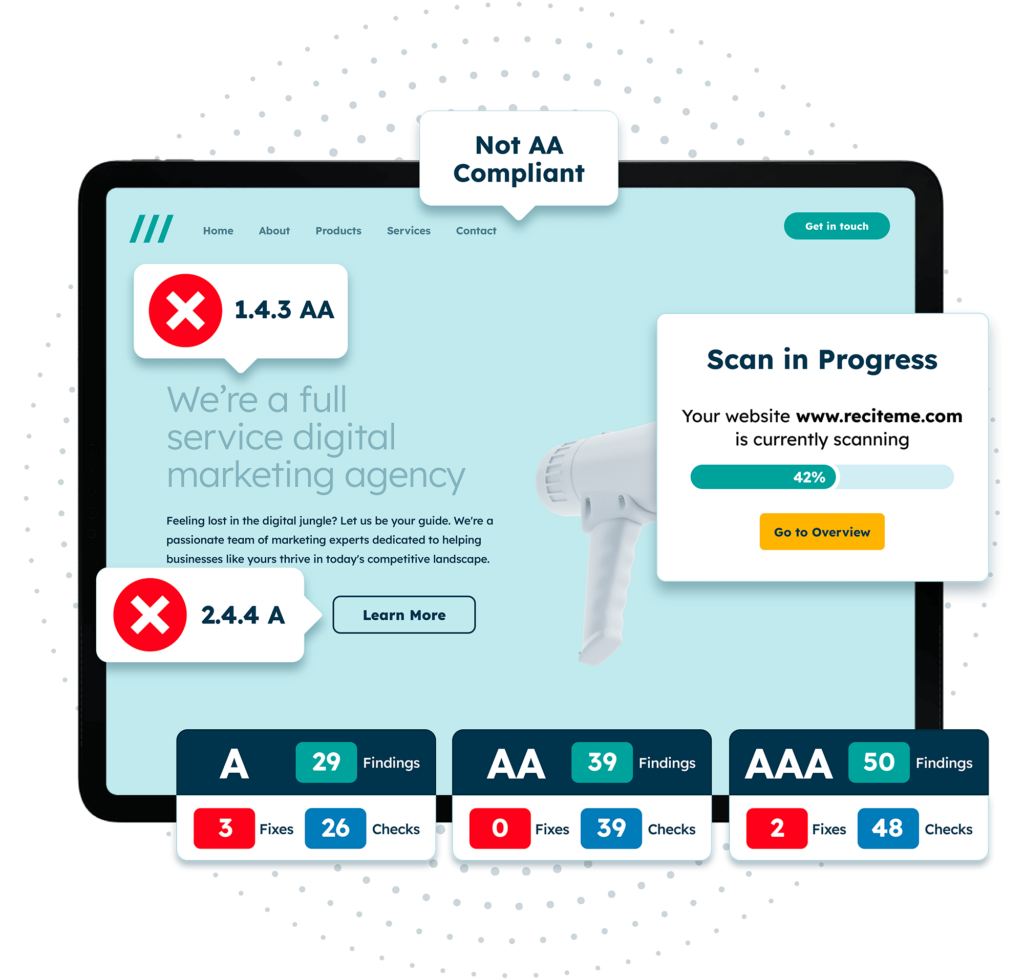
Core requirements for applicable organizations
Organizations covered under the ABCA must complete three main compliance tasks:
- Establish an accessibility committee
- Create an accessibility plan
- Provide a public feedback tool
These requirements integrate accessibility into the organization as an ongoing, evolving process. Let’s explore each one step by step:
Establish an accessibility committee
Under Part 3 (“Accessible Organizations”), Section 9(1) mandates that every applicable organization must establish an accessibility committee to:
- Identify barriers faced by individuals within or engaging with the organization.
- Provide guidance to the organization on eliminating these existing barriers and preventing new ones.

Who should sit on the committee? Section 9(2) sets out inclusivity and representation goals for committee membership:
- At least half of the members must be:
- Persons with disabilities OR
- People who provide support to, or represent organizations that assist, persons with disabilities.
- These members should represent the wide range of identities of persons with disabilities throughout B.C.
- At least one Indigenous person must be included.
- The committee overall should reflect the broader diversity of people in British Columbia.
Create an accessibility plan
Each organization subject to the Act must create a written accessibility plan that outlines how it will identify, remove, and prevent barriers for individuals interacting with or within the organization.
Organizations must review and update their accessibility plan at least every three years to keep it current and responsive to evolving needs. Development of the plan must be done in consultation with the organization’s accessibility committee, leveraging first-hand insights to shape meaningful strategies. Additionally, when developing or updating the plan, organizations must consider these foundational principles: Inclusion, adaptability, diversity, collaboration, self-determination, universal design.
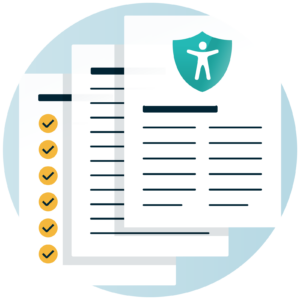
Updates to the plan must also take into account public comments received through the organization’s feedback mechanism, and again involve consultation with the accessibility committee.

Provide a Public Feedback Tool
Public feedback helps identify barriers and ensures accessibility measures reflect real needs. Under the Accessible British Columbia Act, organisations must offer accessible ways for people to share input, such as online forms, phone, mail, or in-person. Feedback should be reviewed and used to update accessibility plans.
Good practice includes providing a screen-reader friendly form, a dedicated email and TTY phone line, and a clear process for acknowledging and acting on feedback. Closing the loop builds trust and shows input makes a difference.
How the Act Is Enforced and Risks of Non-Compliance
Part 5 of the Act, covering compliance and enforcement, is not yet in effect. Once active, it will create a system of oversight and penalties to ensure organisations meet accessibility duties.
A government-appointed director will oversee inspectors with authority to enter premises (excluding private homes), review records, and confirm compliance. Organisations must cooperate and provide accurate information.
Failure to meet requirements, such as forming an accessibility committee, maintaining an accessibility plan, or offering a feedback tool, can result in fines of up to $250,000. Compliance agreements may reduce or cancel penalties if issues are fixed on time, but missed deadlines can double fines and lead to court action.
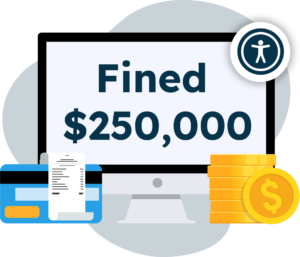
Although enforcement has not begun, organisations should prepare now to avoid financial penalties, reputational damage, and loss of public trust.
What the Accessible British Columbia Act Means for Digital Accessibility
The Accessible BC Act makes digital accessibility a legal requirement. Websites, apps, and online content must be usable by everyone, including people with disabilities. Failing to comply risks excluding audiences, limiting engagement, and harming reach.

Common barriers include lack of keyboard navigation, missing alt text, videos without captions, poor colour contrast, and inaccessible PDFs or forms. These can prevent people with visual, auditory, cognitive, or motor disabilities from accessing services online.
To comply, organisations should follow WCAG 2.1 AA. Benefits include:
- Better user experience for all visitors
- Greater reach across devices and assistive tech
- Reduced legal and reputational risk
- Improved SEO and performance
By proactively addressing digital accessibility, organizations not only comply with the ABCA but also create more equitable, usable, and high-performing digital experiences for every user.
How Recite Me can help make your website accessible
Ensuring your website is accessible is a critical part of complying with the Accessible British Columbia Act and creating an inclusive online experience. Recite Me can support your accessibility journey, from identifying issues to implementing solutions and training your team to maintain an inclusive digital environment.
Perform an accessibility check of your website
Before addressing accessibility issues, it’s important to identify them first. Using an Accessibility Checker, you can quickly scan your website for common barriers, such as missing alt text, poorly structured headings, low color contrast, and other accessibility challenges.
Once these issues are detected, document them to create a clear roadmap for remediation. While the tool is highly effective at identifying many accessibility barriers, it’s important to remember that no automated tool can catch every issue, so manual checks and ongoing monitoring are still essential.


Implement manual tests with an accessibility checklist
While automated tools are valuable for spotting common accessibility issues, they can’t catch everything. Manual testing is essential to uncover more subtle barriers. This includes navigating your site using only a keyboard to ensure all menus and buttons are accessible, checking that the reading order is logical and consistent, and confirming that form labels are descriptive and correctly linked to their inputs.
Using a website accessibility checklist will help ensure you address all critical criteria and maintain a consistent standard across your digital content.
Deliver accessibility training to key contributors
Accessibility is not solely the responsibility of your IT or web development team, it should be integrated across all departments. Providing accessibility training ensures that everyone involved in creating content, documents, or services understands how to make them accessible.
Training topics should include writing accessible web content, designing accessible documents and presentations, creating accessible videos and multimedia, and understanding disability etiquette and inclusive communication. To embed it into your processes you can make training part of staff onboarding and reinforced through ongoing professional development.
Our 40-page Digital Accessibility & Inclusion Toolkit helps businesses break down online barriers and make a real impact. It offers practical advice on all aspects of digital accessibility, from writing an accessibility statement to accessible website tips and inclusive hiring.
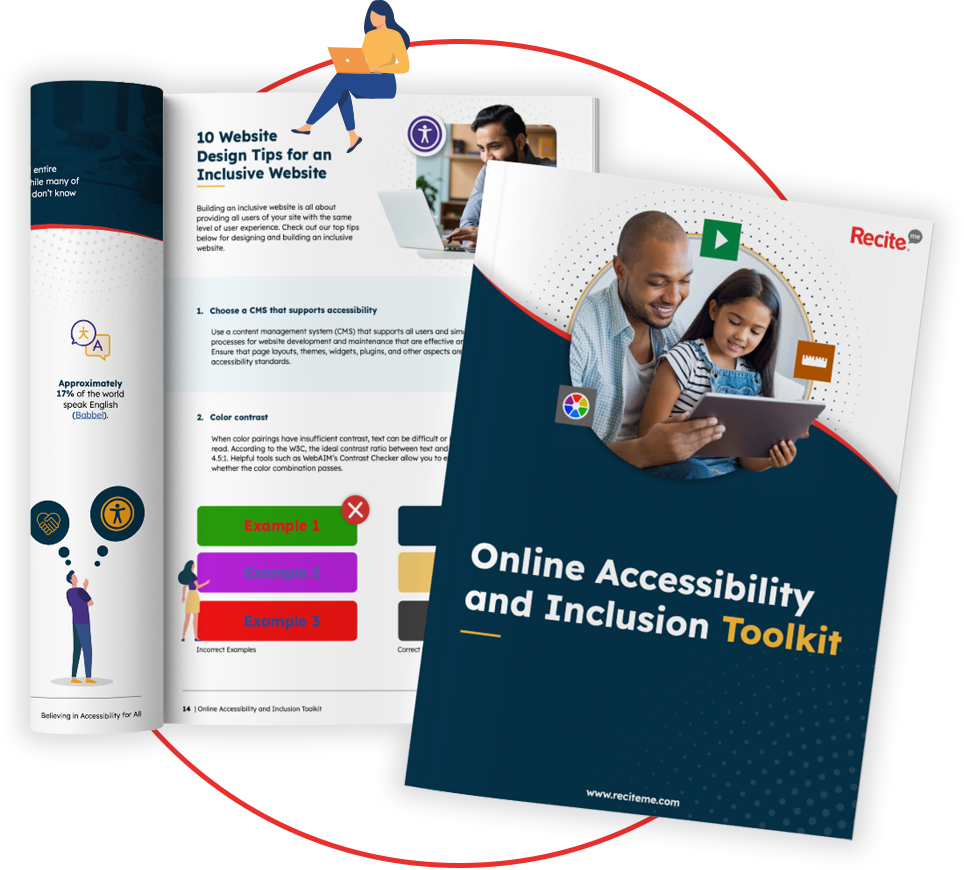
Don’t wait to get ABCA compliant
Complying with the ABCA is an opportunity to create a truly inclusive organization that serves all members of the community. Start by forming your accessibility committee to ensure that diverse perspectives, particularly those of people with disabilities, are represented in decision-making. Then create a clear, actionable plan so you have a roadmap to follow for addressing barriers both online and offline. Implement public feedback channels to understand your audience’s real world needs.
Every step you take makes your organization more inclusive, improves the experience for all users, and sets a standard for accessibility in British Columbia.
Accessible British Columbia Act FAQs
Looking for a recap or quick summary? Here are a few of our most frequently asked questions to help you get to grips with the essentials:
Who does the Accessible British Columbia Act apply to?
Currently the Act applies to public sector organizations, including provincial government bodies, regional districts, municipalities, school districts, health authorities and other prescribed organizations listed here.
What is considered a “barrier” under the Accessible British Columbia Act?
A barrier is anything that limits or prevents a person with a disability from fully participating in activities, services, or spaces. Barriers can be physical, digital, systemic, or attitudinal.
Do I need to follow WCAG standards?
While the Accessible British Columbia Act does not explicitly mandate WCAG standards, WCAG 2.1 AA is widely recognized as the benchmark for digital accessibility in Canada.
Do I need an accessibility committee if my organization is small?
Yes, any organization covered by the Act must establish an accessibility committee, though the size and structure can be adapted to suit smaller organizations. The key is to ensure meaningful representation of people with disabilities.
How often must I update my accessibility plan?
The Act requires you update your plan at least once every three years, but updating it annually offers the opportunity to review your progress and maintain continuous improvement.

